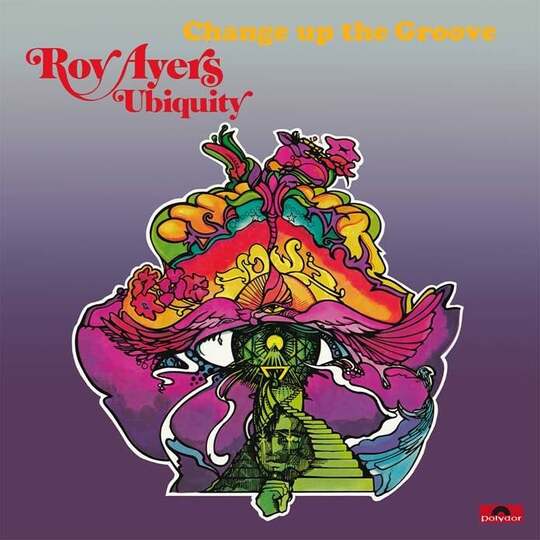
Reinvigorating Grooves: A Rhythmical Rollercoaster of Roy Ayers Ubiquity’s 1974 Masterpiece
#royayers #vinyl #indiemusic
Roy Ayers Ubiquity unleashed their true artistic potential in profound harmonies and jazz-funk melodies with their 1974 release “Change Up The Groove”. A keystone album of the era, it effortlessly fuses the band’s signature funk, jazz, and soul into an enchanting mix which sends shockwaves throughout their discography.
Roy Ayers, accurately nicknamed the ‘Godfather of Neo Soul,’ had an innate understanding of popular music’s dynamics. His 1974 musical concept displays his proficient manipulation of a wide array of catchy rhythms and melodies, without a single track sounding repetitive. It’s an album showcasing Ayers’ mastery over his chosen instrument, the vibraphone, bringing tantalising sonic textures to each song.
Noted for his extraordinary synchronicity with the legendary Stevie Wonder’s musical approach, Ayers’ decision to include a transcendental rendition of “Don’t You Worry ‘Bout a Thing” wasn’t surprising. Still, its effective assimilation into the album’s vibe demonstrates his artistic versatility. Interestingly, his unique take on the popular “MASH Theme” drenches the melody in an urban, sombre aura, far from its well-known television presentation yet emphasizes its melancholic undertone.
Ayers skillfully balanced the delicate intricacies of Eugene McDaniels-penned, sultry ballad, “Feel Like Making Love,” carrying Roberta Flack’s original version to a captivating, vibrant level. The testament to Ayers’ dedication to harmony, groove, and control can be found in toe-tapping tracks like “The Boogie Back” and “Change Up the Groove.”
Notable for his collaborations with several artists like Herbie Mann and Rick James, Ayers introduced a vocal dimension to his sound which triumphs in this 1974 piece. Inviting Wayne Garfield to voice the hypnotic “Sensitize,” a moving plea for humanity to shed its insensitivity, portrayed Ayers’ ability to infuse socio-political undertones to his tracks. His exploration into the depths of life’s realities, presented through his eloquent articulation of the query “When Is Real, Real?”, worked seamlessly with the album’s overall tone.
Building a thriving career as both a jazz sideman and a solo act, Ayers was instrumental in shaping the acid jazz movement while still pushing boundaries in the world of hip-hop. Infusing his uplifting philosophy into the likes of “Running Away” and “Everybody Loves the Sunshine,” he would go on to dominate the vibrant 1970s music scene, providing an authentic dimension to R&B, rock, jazz, and soul. Furthermore, his influence extended beyond music; Ayers’ exceptional use of the vibraphone would inspire artists like Pharrell Williams and Jill Scott, asserting his iconic status within the music realm.
Revisiting “Change Up The Groove,” it is clear Ayers was ahead of his time. A maestro in orchestrating a unique sonic blend, his experimental curiosity and ability to create a comprehensive universe brimming with positivity, established him as a vital instrument in shaping the modern music scene. An influential figure reminiscent of jazz legends like Curtis Amy and Dexter Gordon, Roy Ayers Ubiquity was the heartbeat of the vital ’70s renaissance, his music forever embedded in the foundations of global rhythms.
Learn more about Roy Ayers
